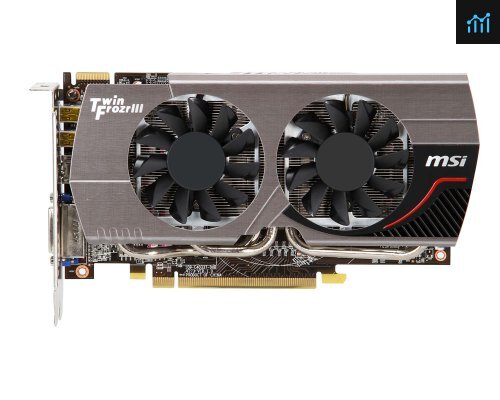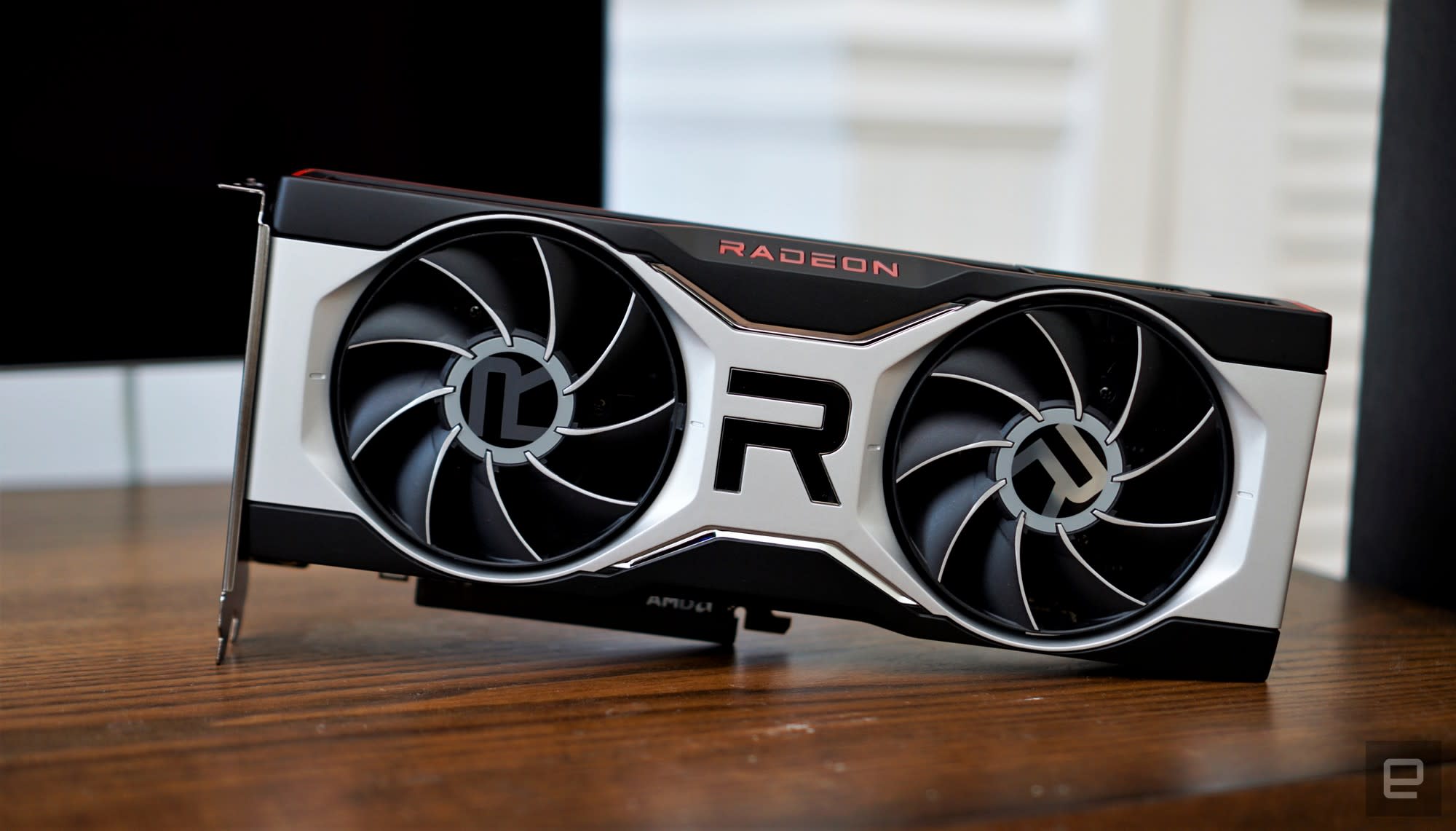

This is cheaper than the 5750 most of the time, never mind what it does to the 6670 and NVIDIA’s lineup. 5770 has actually been really good – it regularly goes on sale for as low as $95, so if you don’t mind a MIR and the choice of only a couple of vendors, you’ve been able to grab a 5770 for under $100.
#AMD RADEON HD 6700 REVIEW SERIES#
AMD tells us that 6700 series pricing will be consistent with 5700 series pricing, but we have our doubts. Ultimately our biggest concern at this point is pricing. It’s not a particularly good reason, but it is what it is. At the same time this makes AMD’s product stack consistent from top to bottom for both retail and OEMs: every current card from the 6450 to the 6990 is now a 6000 series cards. So the 57 are still technically “ATI” cards, this being nearly 8 months after ATI was fully rebranded to be part of AMD.
#AMD RADEON HD 6700 REVIEW FREE#
While everyone is free to speculate on whether there are ulterior motives, what is clear is that the 5700 series created a branding problem for AMD: the 5000 series was launched before ATI was rebranded AMD. Ultimately AMD considers this rebadging a necessity to some degree. Of course this wouldn’t be something AMD supports. If this is the case, then for any 5700 series designs being recycled for the 6700 series, it should be easy to use the 6700 series BIOS. Although AMD technically refers to UVD2.2 having “firmware”, as far as we know everything is contained in the video card’s BIOS. The good news here is that we’re not immediately aware of any reason why these features can’t be fully backported to existing 5700 series cards.

Apparently this is consistent with Northern Islands, whcih doesn't support 2K x 4K resolutions over HDMI either. Update: AMD confirmed that the 6700 series only supports the HDMI 3D portions of the HDMI 1.4a spec. Meanwhile HDMI 1.3 and HDMI 1.4a both have the same bandwidth requirements, so now the 6700 series is HDMI 1.4a capable through some BIOS magic – although we haven’t been able to get confirmation that this support extends beyond support for the frame-packed formats required for HDMI 3D, or in other words it may not support 2K x 4K resolutions and other features normally associated with HDMI 1.4a.

In fact the UVD3 also have a Blu-Ray 3D PowerPlay state, which means UVD2 and UVD3 may be more similiar than we once thought. Without any hardware on hand we can’t specifically test this, but we suspect AMD may have introduced a new PowerPlay state (or edited an existing one) to further ramp up Juniper’s core clocks when playing MVC content, as this would be the most practical way to increase the max bitrate UVD2.2 can handle, if indeed it couldn’t handle MVC bitrates at the usual core clocks. UVD2.2 is fast enough to process MVC, so now the 6700 series can decode Blu-Ray 3D. These changes have been backported to Juniper to some extent. As you may recall, one of the big differences for the 6000 series over the 5000 series is that the 6000 series got HDMI 1.4a support, along with a UVD3 video decoder that was capable of decoding the additional resolutions and bitrates Blu-Ray 3D’s MVC(H.264) profiles require. However to be fair to AMD, they have at least made some effort to improve on the 6700 series over the 5700 series through the BIOS. The only thing different between a 5700 series card and its 6700 series counterpart is the sticker on the card, the BIOS, and quite possibly the price. It’s the same Juniper GPU on the same boards with the same clocks, the same power requirements, and the same performance. There’s really no way to sugarcoat it, and even AMD isn’t really trying. Say hello to the Radeon HD 6770 and Radeon HD 6750. But here we are, out with the old and in with the old: the 57 are getting rebadged in retail. It was perhaps a foolish hope that these shenanigans would remain in the OEM market, as so far AMD has continued to keep the 57 even after the rest of Northern Islands has launched. More RAM, a Sandy Bridge CPU, a SSD – their 2011 computers need to look better than their 2010 computers, as they certainly don’t want to be seen as selling last year’s model for anything less than a steep discount. The rationale for OEM space is rather straightforward: OEMs want/need something new to sell. While we’ve only recently seen the rest of the Northern Islands lineup launch in the retail space, in the OEM space the last-generation Juniper GPU has been filling out AMD’s lineup between Turks (6500/6600) and Barts (6800) based video cards. We are of course referring to the Radeon HD 6770 and Radeon HD 6750, AMD’s Juniper-powered 5770 & 5750 rebadges for OEMs. We haven’t talked about it beyond a passing comment, but AMD still has some Radeon 6000 series cards that are OEM-only.


 0 kommentar(er)
0 kommentar(er)
